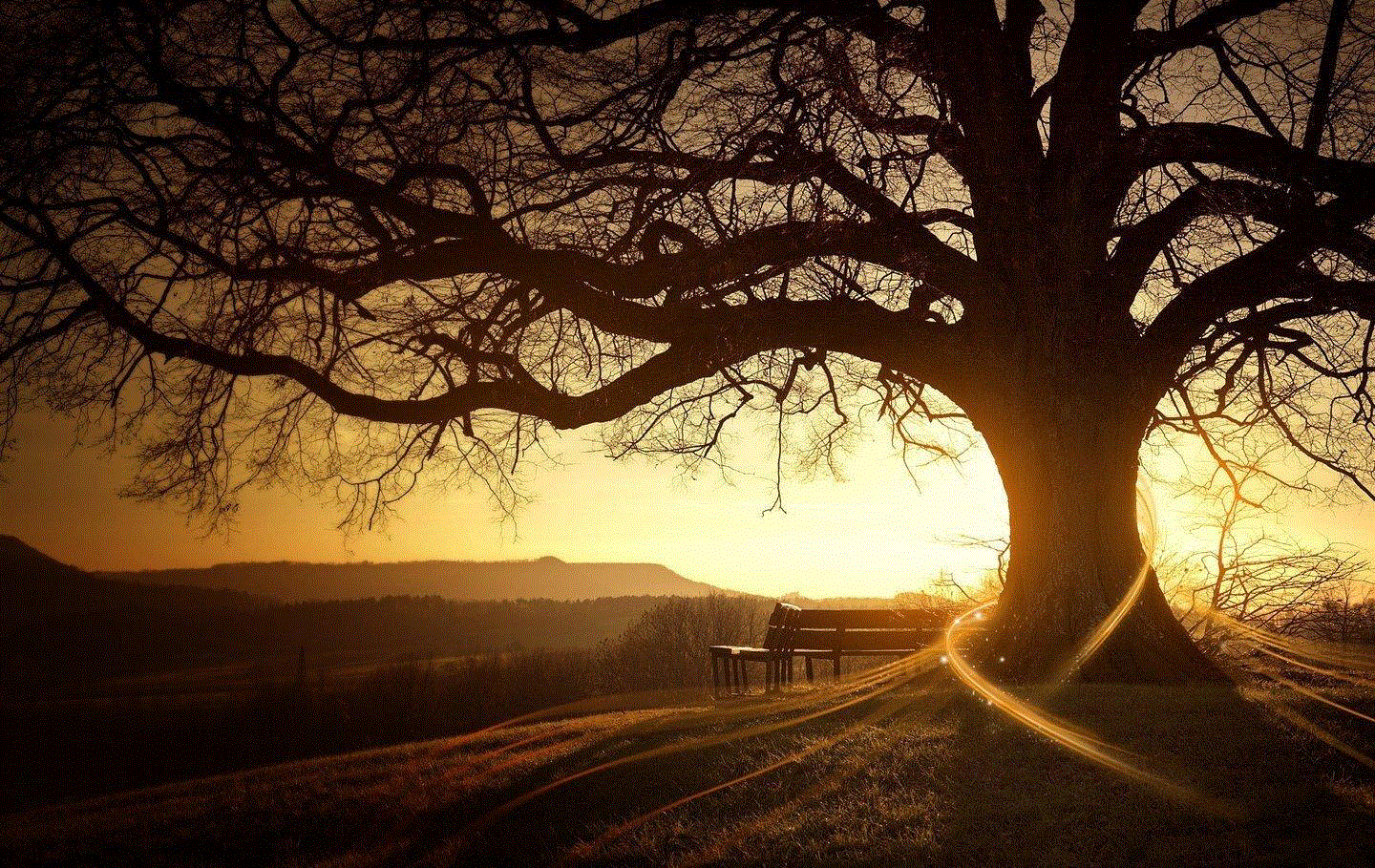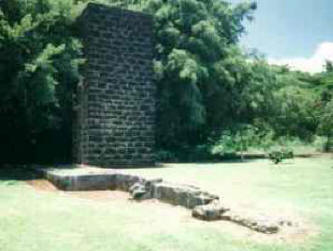Ladd & Company
Koloa Plantation - Hawaii's First Sugar Plantation
|
What was to later become Koloa Plantation, life started as the firm of Brinsmade, Ladd and Hooper. Arriving on Kauai on July 27, 1833, on the Brig Velocity, Peter Allan Brinsmade, was 25 and accompanied by his wife and child; William Ladd, 26, with his wife and child, and William Hooper, 24, was single. The first two were from Hallowell, Maine, and Hooper from Boston, Massachusetts. The name of the firm was changed in 1835 to Ladd & Company, and ran the plantation for 12 years. In addition to the enterprise at Koloa, Kauai, the company ran a profitable mercantile operation in Honolulu. |
| |||
|
Before 1833, life in Hawaii had changed very little since the Polynesians first made their way
to the islands. Some foreigners (i.e. former whalers, missionaries, and so forth) had set up
residence. For the most part, their influence was minimal.
|
|||
|
The missionaries were bent on making farmers of the Hawaiian natives. Ladd & Co. fell nicely
into those plans. By employing Hawaiian natives, they would be teaching them the skills missionaries felt
were so necessary. |
|
|||
|
On 13 September 1836, work began on the plantation.
The first step was to construct the buildings needed to process sugar cane and to house laborers.
This mill started with large stone, Chinese-style, sugar grinders. On 25 November of the same year,
planting began with sugar (12 acres), taro, banana, and coffee. Twenty-five laborers, all native
Hawaiians, made up the labor force. Hooper hired the natives for 12.5 cents per day, and paid them
in his own script that they could use to purchase supplies and food from his plantation store. Plus
they were given one free meal of fish and poi. Caucasians were employed as overseers. Thus, the
hierarchical system based on ethnicity was put into place. That system would survive for many decades
on Hawaiian sugar plantations.
|
|||
|
Koloa gained prominence in 1837 when its sugar cane plantation completed its first
harvest yielding 2 tons of raw sugar. Plantation cut-cane was hauled to the mill by ox-cart up until
1882, when an extensive network of plantation trains kept the harvest fields connected with the mill.
Tunnels were cut through the mountains to shorten the distances.
|
|
|||
|
In a short time, Ladd & Co. planted the seeds that would make Hawaii a sugar cane empire. Those interested in growing sugar cane on a mass scale were clearly more interested after Ladd & Co. moved in. Once a small Hawaiian settlement, Koloa Town grew as the sugar industry prospered and immigrants from abroad came to work in the fields. At one time, Koloa was one of the main commercial centers on the island of Kauai. Although Hooper made great progress on the plantation, by 1848, Ladd & Co. could no longer continue and the plantation was sold at auction to Grove Farm Company for $3,600. When Grove Farm Company closed their business, McBryde Sugar Plantation purchased most of Koloa Plantation's cane lands and the Koloa Mill and factory when in 1996 it finally closed forever. Today, most of the land has been converted to cultivating coffee.
The Hawaiian Islands would never be the same.
|
|||
|
Ladd & Company ELIMA KALA (5 Dollar) Note
|
|
|||





